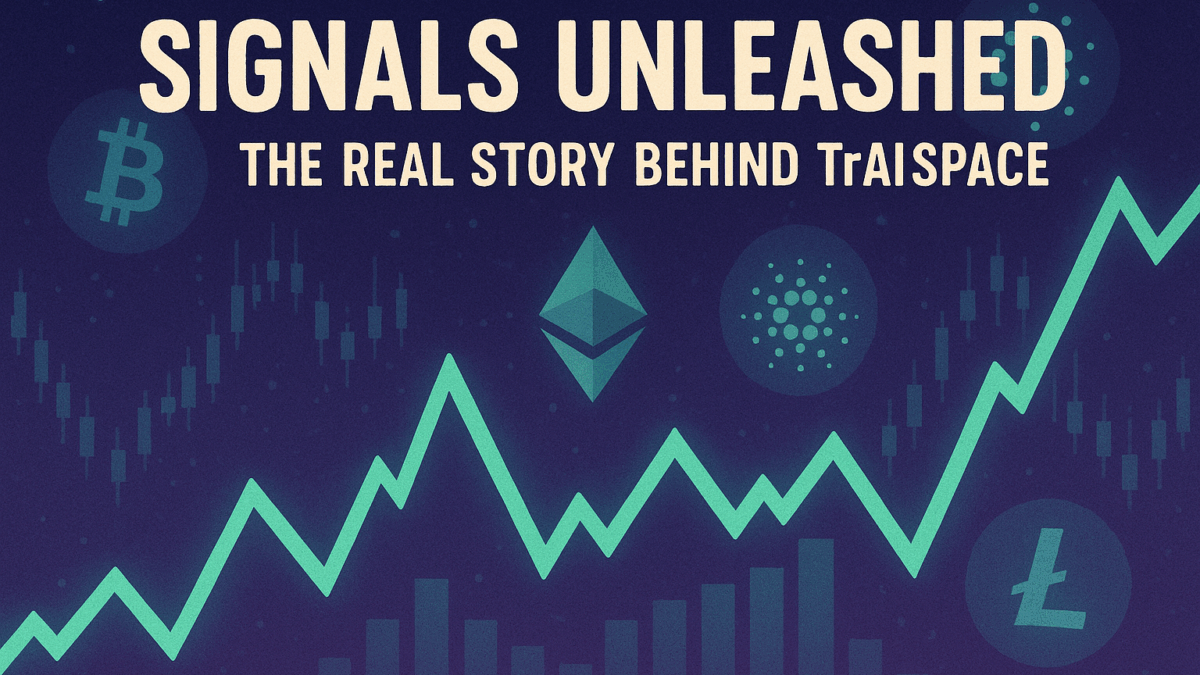Analyzing Bitcoin Treasuries and ETF Movements
Introduction: Navigating a Volatile Yet Opportunistic Market
The cryptocurrency landscape remains a complex and dynamic arena, shaped by ongoing regulatory developments, macroeconomic shifts, and ever-evolving investor sentiment. Despite its inherent volatility, the market offers profound opportunities for those who look beyond surface-level price movements. While headlines often spotlight the dramatic surges and sudden crashes of Bitcoin, the truly strategic insights lie elsewhere. Institutional behavior—specifically through Bitcoin treasuries and exchange-traded fund (ETF) flows—offers a clearer lens into long-term conviction and savvy capital allocation. Understanding these institutional signals allows investors to develop data-driven strategies that transcend the noise and hype so frequent in crypto discourse.
We are witnessing a maturation in the cryptocurrency space, underscored by increased corporate involvement and the development of regulated financial products like spot Bitcoin ETFs. However, these avenues present contrasting investment philosophies. Bitcoin treasuries indicate steadfast belief in Bitcoin as a reserve asset, while ETF flows tend to be more reactive to short-term market dynamics. In this article, we’ll unpack the divergence between these two approaches, explore what they reveal about institutional sentiment, and provide a playbook for retail investors to align themselves with long-term value creation.
Bitcoin Treasuries vs. ETFs: Two Diverging Philosophies
The crypto industry is rapidly institutionalizing, yet within that institutional class are bifurcated mentalities when it comes to Bitcoin. On one end, we find companies like MicroStrategy that have embraced Bitcoin as a strategic reserve asset—akin to digital gold. This camp treats Bitcoin not as a trading instrument but as a long-duration store of value immune to inflation and fiat currency debasement.
Conversely, ETFs offer exposure to Bitcoin but often reflect the behavior of retail and institutional traders who are more sensitive to equity markets, interest rate changes, or geopolitical stressors. ETF flows are inherently reactive; they ebb and flow with broader market sentiment. This stands in stark contrast to corporate treasuries, where allocation decisions are made at the executive or board level, often embedded within long-term business strategy. Investors seeking to profit from institutional trends must understand this dichotomy. Relying solely on ETF data without context can result in misjudging the long-term trajectory of Bitcoin’s adoption.
Company Treasury Moves: A Strategic Accumulation Game
MicroStrategy has emerged as a case study in long-term Bitcoin accumulation. Under the leadership of Michael Saylor, the company has acquired over 200,000 BTC, signaling a strong conviction in Bitcoin’s future value proposition. This move isn’t merely speculative; it’s part of a broader corporate philosophy to hedge against inflation and enhance shareholder value through scarce digital assets.
Other notable entities like Tesla, Block (formerly Square), and Marathon Digital Holdings have followed suit, allocating a portion of their corporate balance sheets to Bitcoin. These decisions often come during periods of market turbulence, serving as contrarian signals that smart investors heed. It’s a strategic game punctuated by dollar-cost averaging, tactical buys during pullbacks, and long-term holding periods.
Additionally, Grayscale’s Bitcoin Trust (GBTC) has maintained substantial holdings despite facing hurdles in transitioning into a full-fledged ETF. Despite the discount to net asset value (NAV) experienced during regulatory and market uncertainty, GBTC has remained a significant institutional tool for Bitcoin exposure. These treasury actions offer a vital gauge of true conviction—often preceding broader market rallies. Studying the history of Bitcoin bull and bear markets can provide further context into how institutional actors consistently position early during accumulation phases and ride the momentum through exponential price growth.
The ETF Flow Disconnect: Interpreting Recent Outflows
Spot Bitcoin ETFs, including the BlackRock iShares Bitcoin Trust (IBIT), BlackRock, Fidelity, and ARK21Shares Bitcoin ETFs, have received significant attention since their launch. On the surface, these vehicles offer retail and institutional participants easier access to Bitcoin within regulated frameworks. However, interpreting ETF flows requires a nuanced understanding of market psychology.
Recent outflows from some of these products have ignited skepticism about institutional interest. However, these movements are rarely indicative of fundamental shifts. Oftentimes, outflows correspond to short-term profit-taking, portfolio rebalancing, or broader market volatility in equities and bonds. Given ETFs are frequently used as liquidity tools for hedging or rotating into other sectors, interpreting these as long-term bearish signals can be misleading.
More often than not, ETF outflows present opportunities for contrarian investors. While retail and short-term participants exit positions amid fear, long-term institutions use the same correction to accumulate more quietly and at discounted prices. As a result, investments in ETF-based strategies should be balanced with an understanding of how ETF mechanics work. If you’re unfamiliar with this structure, it’s worth diving into an overview of a Spot Bitcoin ETF and how primary and secondary markets influence pricing and investor behavior.
Investor Playbook: How to Trade Institutional Sentiment Mismatches
Tapping into the pulse of institutional conviction doesn’t require insider access—it requires discipline and pattern recognition. Here’s how individual investors can leverage institutional activity to inform their strategies and uncover asymmetric risk-reward opportunities during periods of structural mispricing.
- Follow the Smart Money: Rather than reacting to daily price changes or ETF headlines, focus on the accumulation trends of corporate treasuries. These moves reflect months of planning and due diligence, and are less likely to reverse overnight. MicroStrategy’s aggressive buys during bear markets is a quintessential example of this kind of long-horizon thinking.
- Use ETF Outflows as Contrarian Buy Signals: When capital exits ETFs en masse, it often exacerbates short-term price swings and induces panic selling. For the disciplined investor, these moments can offer attractive entry points. By adopting the contrarian investor mindset, outsized returns can be captured during moments of public pessimism.
- Track Treasury Growth During Dips: Analyzing public disclosures and blockchain activity during market corrections often reveals that institutions are accumulating even as fear drives retail sell-offs. This divergence is one of the clearest indicators of future bullish momentum.
- Embrace and Exploit Volatility: The volatility inherent in crypto markets should not be feared—it should be utilized. ETF-driven price drops provide discounted entry points. If treasury buyers aren’t blinking during downturns, you shouldn’t either. Develop rules-based buying strategies to deploy capital when fear peaks.
Conclusion: Profiting from Institutional Signals
Disciplined investors do not chase trends—they anticipate them. In the maturing crypto landscape, the most valuable signals often emanate from institutional behavior, not retail bravado. Bitcoin treasury accumulation and ETF flows each tell part of the story, but recognizing their divergence equips investors with unique insight into market psychology and structural conviction.
Corporate balance sheet decisions showcase long-term confidence and strategic commitment, often during times of perceived weakness. In contrast, ETF outflows—typically driven by noise, uncertainty, or portfolio rotations—can present contrarian opportunities ripe for exploitation. Instead of viewing these two behaviors as mutually exclusive, investors should synthesize them. The clearest edges come from understanding why the signals diverge, when they align, and what those pivot points mean for market cycles.
By aligning your investment thesis with the direction of smart money, you gain a clearer compass to navigate volatility. Whether you’re gearing up for the next parabolic run or bracing through a prolonged consolidation, let institutional positioning inform—not dictate—your strategy. The more you study the behavior of seasoned investors and institutions, the more prepared you’ll be to move confidently through each bull market cycle with foresight and precision.










